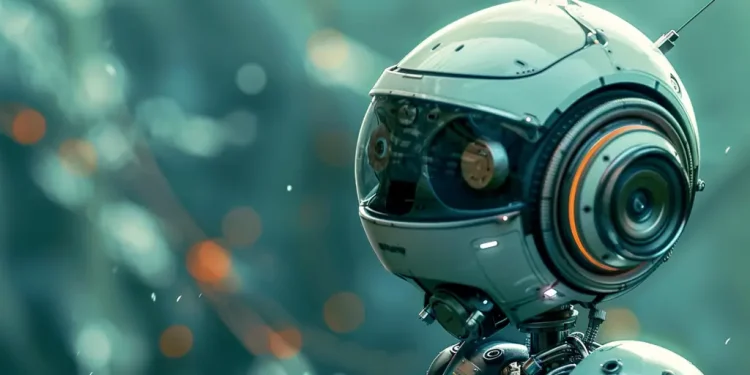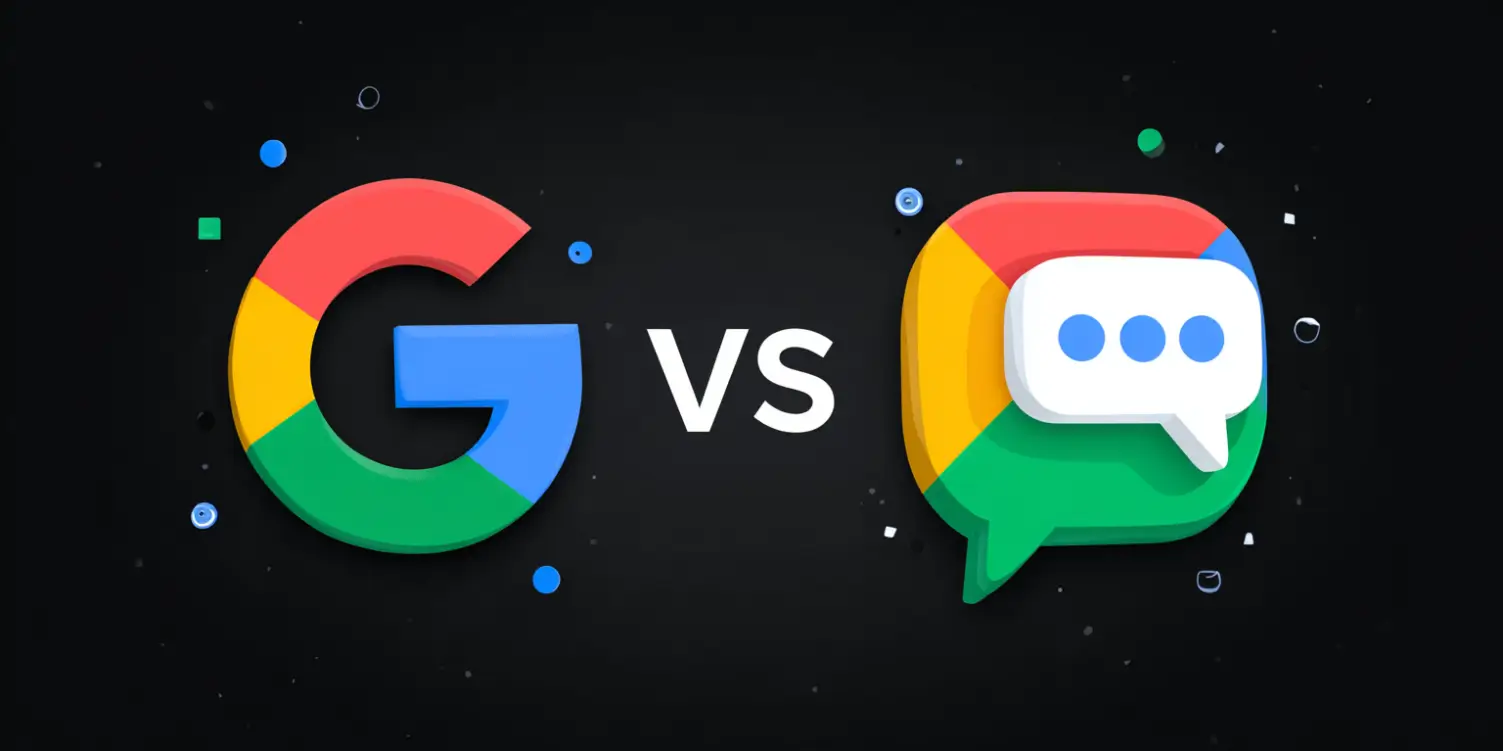In recent times, there’s been a lot of buzz about robots and artificial intelligence (AI). Some people even think they are the same thing. But are they really? Let’s find out!
What is a Robot?
A robot is a machine that can carry out tasks automatically, often by following instructions given to it. Robots can be very simple, like a basic toy robot that moves in a straight line, or very complex, like the ones used in factories to assemble cars. Some robots even look human-like and can mimic certain human actions, like walking or talking. A good example that many people might know is the Roomba, a robot vacuum cleaner that helps clean your house with minimal effort from you.
What is Artificial Intelligence (AI)?
Artificial Intelligence, or AI, refers to the capability of a machine to imitate intelligent human behavior. AI can help machines understand, learn, and make decisions, often on complex tasks that normally require human intelligence. For example, AI can help recognize speech, understand languages, and even play games like chess or go. It’s important to note that AI does not always need to be inside a robot. Your smartphone’s virtual assistant, like Siri or Google Assistant, is powered by AI, but it is certainly not a robot.
How Are They Different?
While robots and AI can work together, they are not the same thing:
- Physical Presence: Robots are physical machines that can move and interact with their environment, whereas AI is software-based and exists in the digital realm.
- Purpose: A robot’s primary job is to perform tasks physically, such as lifting objects or navigating spaces. Ai’s primary role is to process information and make decisions, often using data to solve problems or find new solutions.
- Dependence: Not all robots need AI to function. A simple machine can follow pre-programmed instructions without needing any decision-making capabilities. On the other hand, AI doesn’t need a physical body to work – it can be installed in software applications running on computers or networks.
Many modern robots do use AI to become more efficient and versatile. For example, an AI-powered robot in a warehouse can pick and sort items more intelligently compared to a non-AI robot. However, a manual robot manually programmed to repeat the same task over and over does not require AI.
Applications of Robots and AI
Robots are used in a wide range of applications:
- Manufacturing: Robots are extensively used in factories to build cars, electronics, and many other products faster and with more precision than humans.
- Healthcare: Some robots assist in surgeries by providing more accurate movements than a human hand. They can also help with repetitive tasks like dispensing medication.
- Household: Household robots help clean, mow lawns, or even help older adults with daily chores.
AI also has broad applications:
- Healthcare: AI can analyze medical data to help diagnose diseases or recommend treatments.
- Finance: AI analyzes market trends and predicts stock movements, helping investors make better decisions.
- Customer Service: AI chatbots can offer 24/7 customer service support through websites, answering questions and resolving issues.
The Future of Robots and AI
The future holds exciting possibilities for both robots and AI. Combining the physical abilities of robots with the decision-making skills of AI can lead to even more advanced systems. Imagine robots that can understand complex environments and make decisions on the fly using AI. These could revolutionize industries, making them faster, safer, and more efficient.
It’s also worth noting that as AI continues to advance, it could provide a higher level of autonomy to robots, allowing them to operate in more diverse and unpredictable environments. This could mean more robots performing complex surgeries, assisting in dangerous rescue missions, or even exploring outer space.
To sum up, while robots and AI are different entities, their combination holds enormous potential to make our lives easier and more efficient in many different ways.










